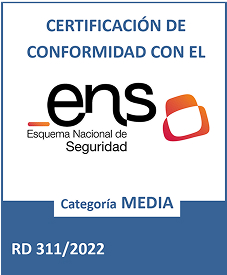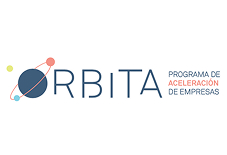Make a purchase, make a medical appointment, enroll in a course, or send a resume.
Things that may be simple for you.
For other people they are impossible.
And not for lack of interest, but because no one thought of them when designing the website.
Digital accessibility isn’t just about complying with regulations. It’s about ensuring that everyone, without exception, can access digital services and content.
We’re talking about something as basic as autonomy. And yes, also about dignity.
Digital is not neutral
It’s often assumed that digitalization improves everyone’s lives equally. But the truth is that digital can also exclude.
- If your website doesn’t have enough contrast, someone with low vision won’t be able to read it.
- If your forms are not keyboard-friendly, a person with reduced mobility will not be able to complete them.
- If your videos don’t have subtitles, a deaf person won’t be able to access the content.
Digital barriers exist. And they’re not visible.
The most common mistakes companies make (and that you can avoid)
🎯 1. Thinking that digital accessibility is only for blind people
Accessibility includes people with deafness, dyslexia, low vision, motor difficulties, the elderly, or neurodivergences.
🎯 2. Leaving it until the end (or never)
People often think, “When we redesign the website, we’ll make it accessible.” Meanwhile, they lose reputation, users, and opportunities. Plus, you don’t need to modify your code, and installation is simple and very quick (in fact, it only takes a few minutes).
🎯 3. Making aesthetic changes without thinking about functionality
A beautiful design is useless if it is illegible, difficult to navigate, or does not meet standards.
🎯 4. Do not test the website with a keyboard or assistive technologies
Can your website be used without a mouse? Do screen readers interpret the content correctly? Give it a try.
🎯 5. Not asking for professional help
There are simple solutions, such as auditing your website and integrating a tool that adapts the experience to each user. It saves time and effort.
What does the data say about the impact of digital accessibility?
- An accessible website can increase reach by up to 30% by including people with disabilities, the elderly, or those with temporary disabilities.
- Accessibility improvements also improve SEO, resulting in more organic visits and a lower bounce rate.
- A Microsoft Inclusive Design study shows that designing for extremes improves the experience for all users, not just people with disabilities.
🎯 Conclusion: Inclusion is also done with clicks
Think about how many times you check your phone every day. When you need information, where do you look for it? How does being able to do so improve or make your life easier? That’s the impact of digital accessibility on our daily lives.
As we’ve said before, digital isn’t always neutral, and it’s in our hands to change that. The technology needed to achieve this exists.
Every time someone fails to complete an online task, it’s a lost opportunity. For that person… and for your brand.
But every time someone succeeds because you’ve thought about accessibility, you’re building something bigger: a digital experience that adds value, that cares, that represents.
Digital accessibility isn’t just about technology.
It’s a way of saying: I see you, I hear you, you tell me.








